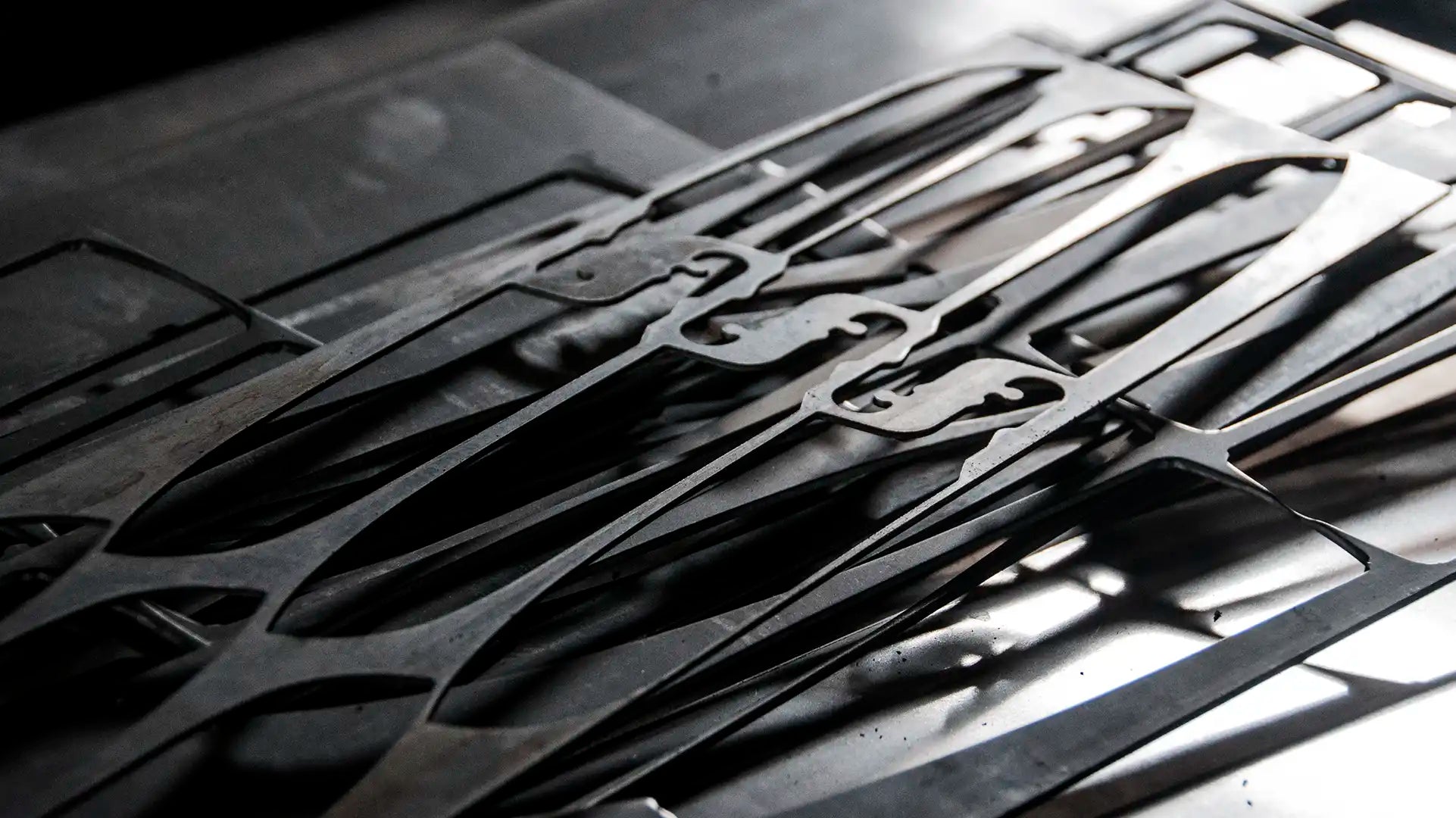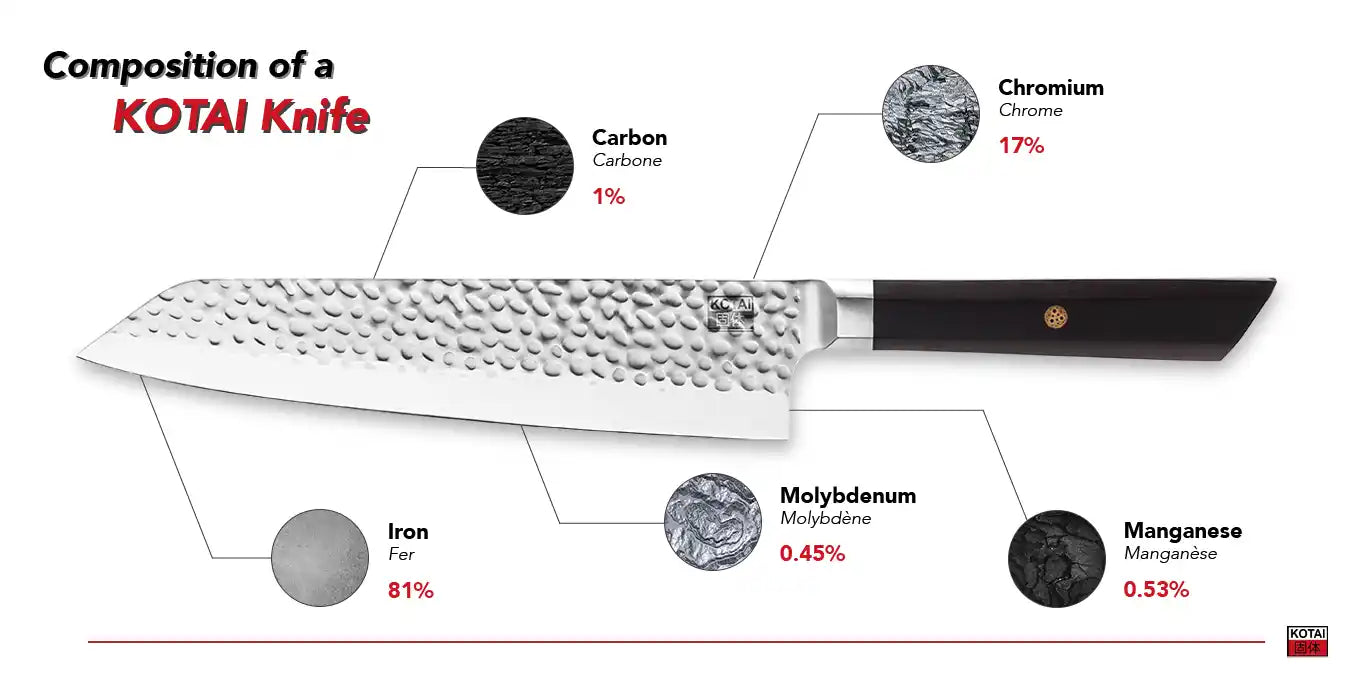What type of steel should I look for when choosing my kitchen knife?
- Carbon steel: Composed of iron and carbon, this steel gives an exceptional cutting edge. However, it tends to rust and requires special, regular maintenance.
- Stainless steel: Made from iron, chromium and other elements, this steel is particularly resistant to rust. However, it is not as sharp as carbon steel.
- High-carbon stainless steel: This steel combines the best of the two aforementioned steels, offering a remarkable cutting edge and high resistance to corrosion. Often more expensive, it's worth considering if you're looking for a high-quality, durable kitchen knife.
What is high-carbon steel?
Due to its specific composition, carbon steel is very hard and resistant to abrasion. When used in manufacturing knives, it produces a very sharp blade, since the steel can be sharpened much more finely than conventional stainless steel.
However, due to its higher rigidity, a carbon steel knife will be more prone to breakage; the line of the blade will remain straight and will not deform under impact, but it is more likely to break. In addition, as this steel is more likely to oxidize, it requires a great deal of maintenance: oiling the blade before storage, rinsing the blade thoroughly after use, frequent sharpening with a whetstone, etc.
Note: The hardness of a steel is measured in HRC, the Rockwell hardness scale
For these reasons, professional chefs prefer a high-carbon steel knife, while amateur chefs prefer a stainless steel knife that is easier to handle and maintain.
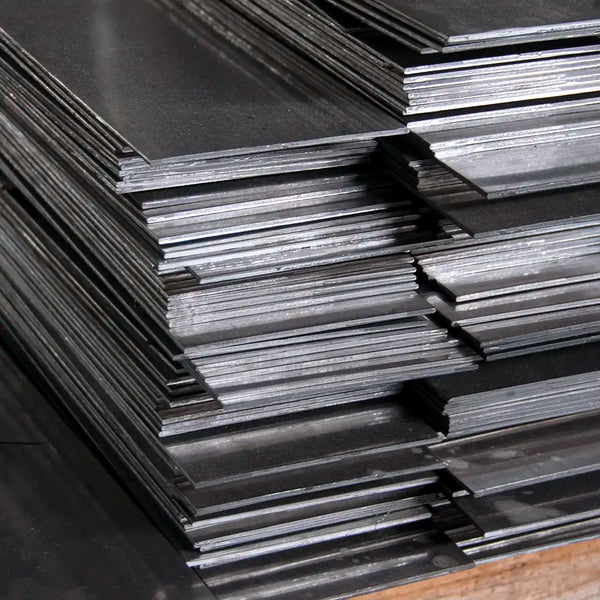
The main components of high-carbon steel:
• Carbon (generally between 0.3% and 1.2%): the blade is more likely to be hardened and therefore to obtain and retain a good cutting edge.
• Chromium: improves corrosion resistance.
• Molybdenum and manganese: the blade is tougher and more resistant to abrasion.
→ The perfect balance between these components is essential to avoid blade fragility, chipping or too much corrosion.
The composition of a KOTAI kitchen knife.
Usually, a Japanese knife is forged from a high-carbon steel to obtain an exceptionally fine and precise cutting edge. However, as mentioned above, this steel has significant drawbacks.
So, with the conviction of combining the strengths of both steels - stainless and carbon - KOTAI decided to create its hybrid knives forged from high-carbon Japanese 440C stainless steel.
Our KOTAI knives are made up of 81% iron and 1% carbon to enhance the blade's strength and hardenability - the heat treatment that produces the blade's hardness. Moreover, thanks to the high-tech vacuum heat treatment used, our hybrid steel is tempered to an optimum hardness of HRC 60!
To prevent corrosion and improve the abrasion resistance of our blades, our steel contains 17% chromium, as well as 0.53% manganese and 0.45% molybdenum, which combined increase the hardness but above all the flexibility and toughness of the blade to prevent breakage due to the high rigidity of our blades.
Note: Steel must contain at least 13% chromium to be considered stainless
The advantages of this hybrid steel:
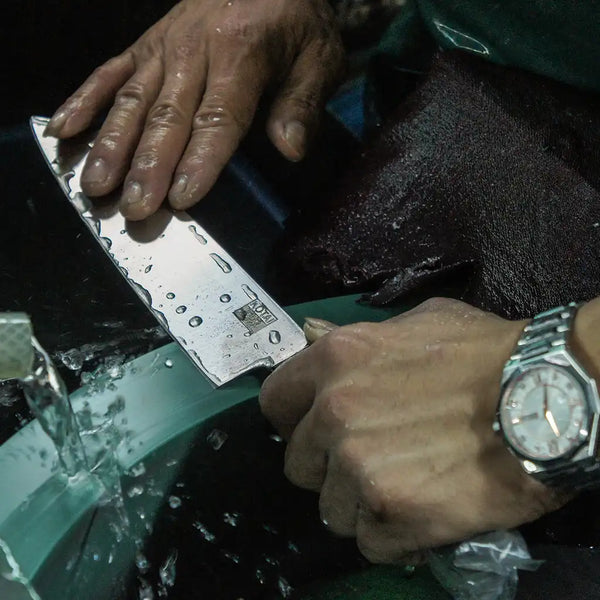
I - A sharper edge that lasts longer.
With the specific characteristics of high-carbon steel, our blades are razor-sharp straight from the production line, but they also keep their edge sharper for longer than a knife made of simple stainless steel.
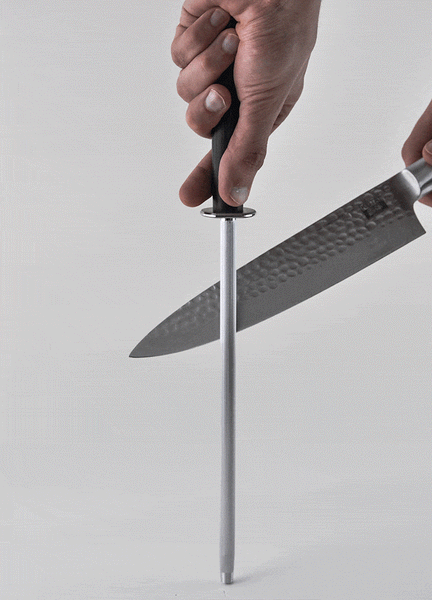
II - Simple, regular maintenance.
Our knives - like all knives - need regular maintenance to keep them sharp and comfortable when cutting. But don't worry, our hybrid steel makes it easy to sharpen our blades at home!
Use the 30 cm KOTAI honing steel to hone your knife blades. Or use a KOTAI whetstone with 180/800 or 2000/6000 grit to sharpen your blades and thus create a new blade edge if dull, or for regular edge maintenance.
Having trouble maintaining your knives? Read our best maintenance tips and our guide to the difference between sharpening and honing.

III - Enhanced durability!
The high carbon in the steel used in our blades provides increased hardness and durability, as well as a fine cutting edge. However, on its own, high-carbon steel, as we saw earlier, is more susceptible to breakage.
This is why we have included manganese (0.53%) combined with molybdenum (0.45%) in our alloy to add elasticity and flexibility to our blades.
The chromium (17%) in our alloy also contributes to greater durability due to the resistance it provides against corrosion.
To sum up…
KOTAI knives, forged from high-carbon 440C Japanese stainless steel, are designed to meet all kinds of needs and are suitable for both professional and amateur chefs. Their strength, razor-sharp edge, high durability and ease of maintenance make our knives reliable kitchen partners for life - especially thanks to our lifetime guarantee.
So, do not hesitate any longer and invest in your KOTAI knife (payment in three installments available via Klarna)!
If you are still undecided, take a look at our guide to choose your first kitchen knife or discover the 4 must-have kitchen knives according to us!
 Discover
Discover
 Single Knives
Single Knives
 Knife Sets
Knife Sets
 About KOTAI
About KOTAI
 Help
Help
 Account
Account Accéder au site français
Accéder au site français


